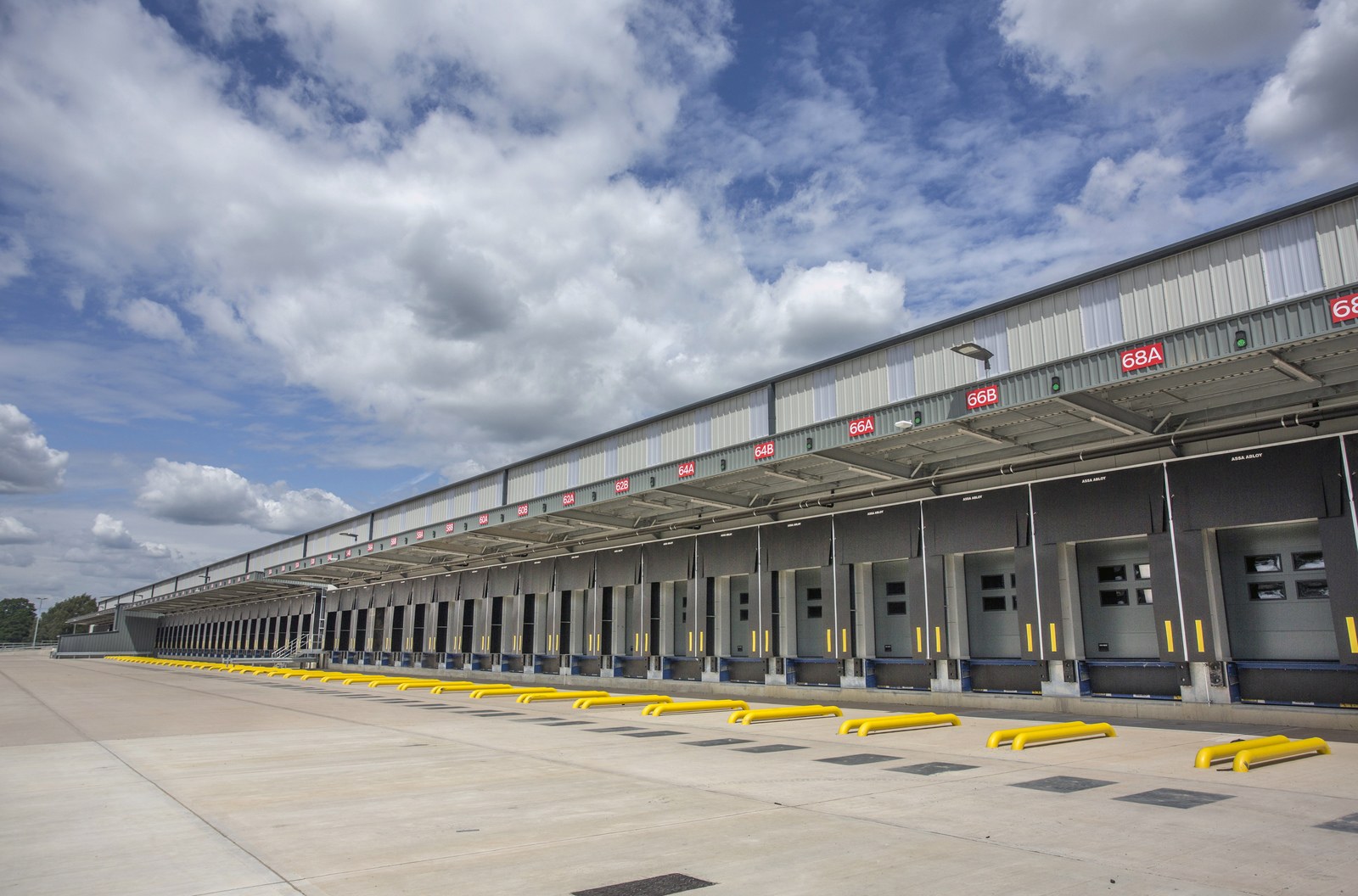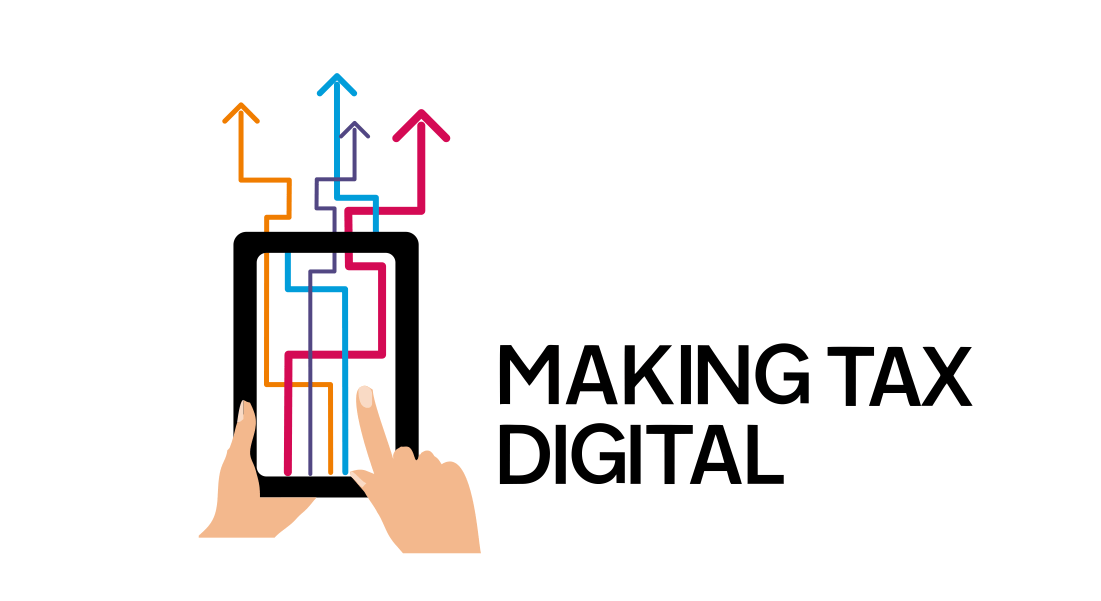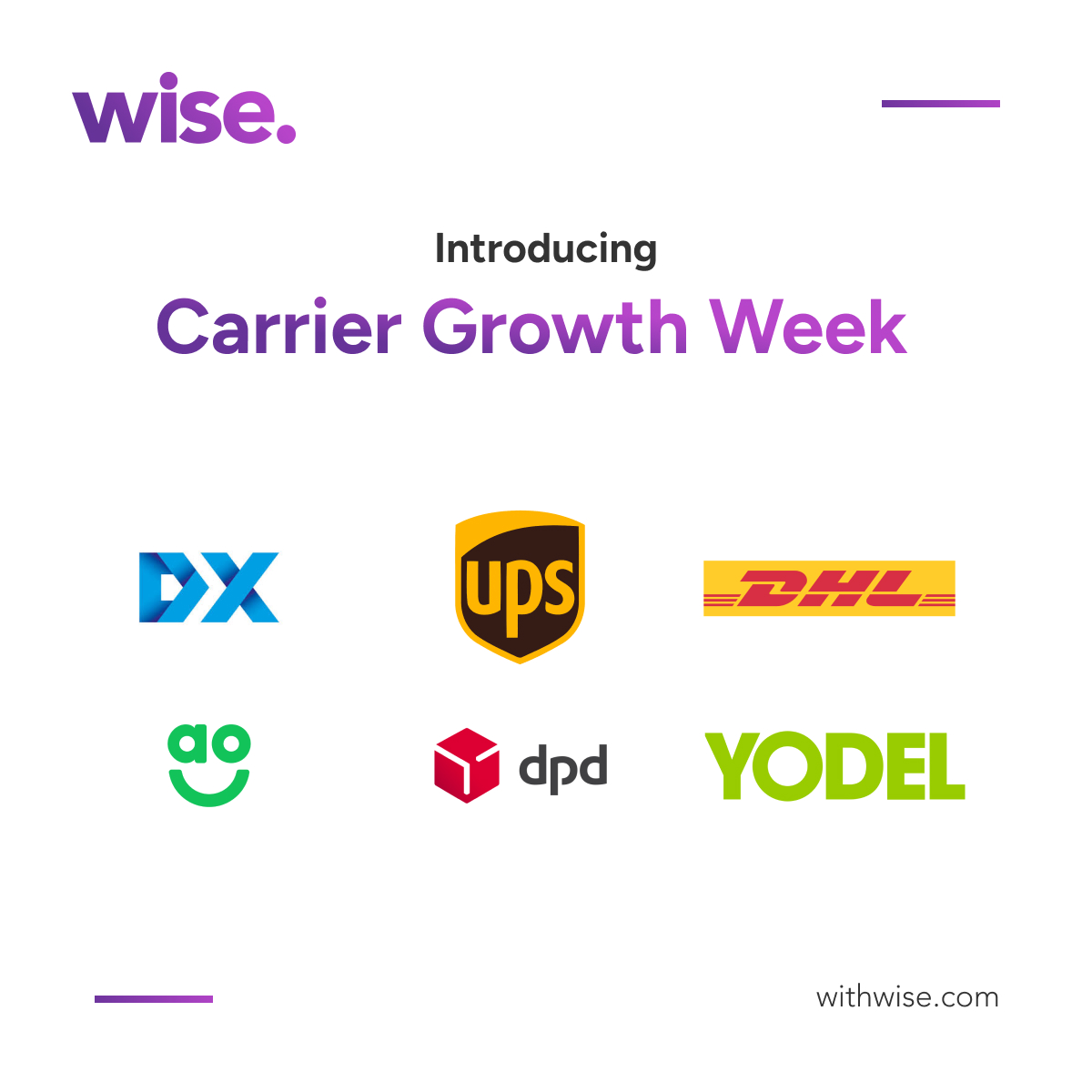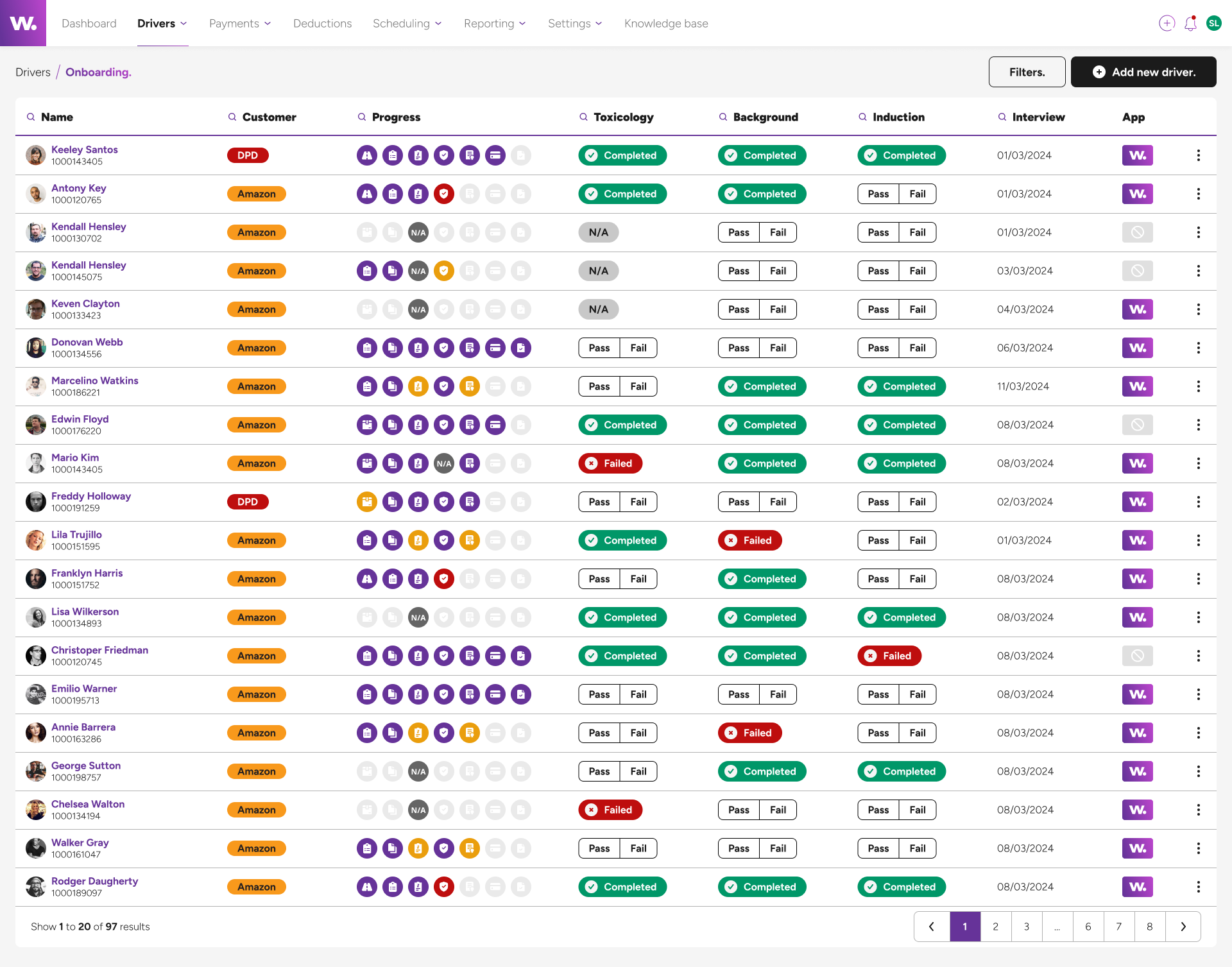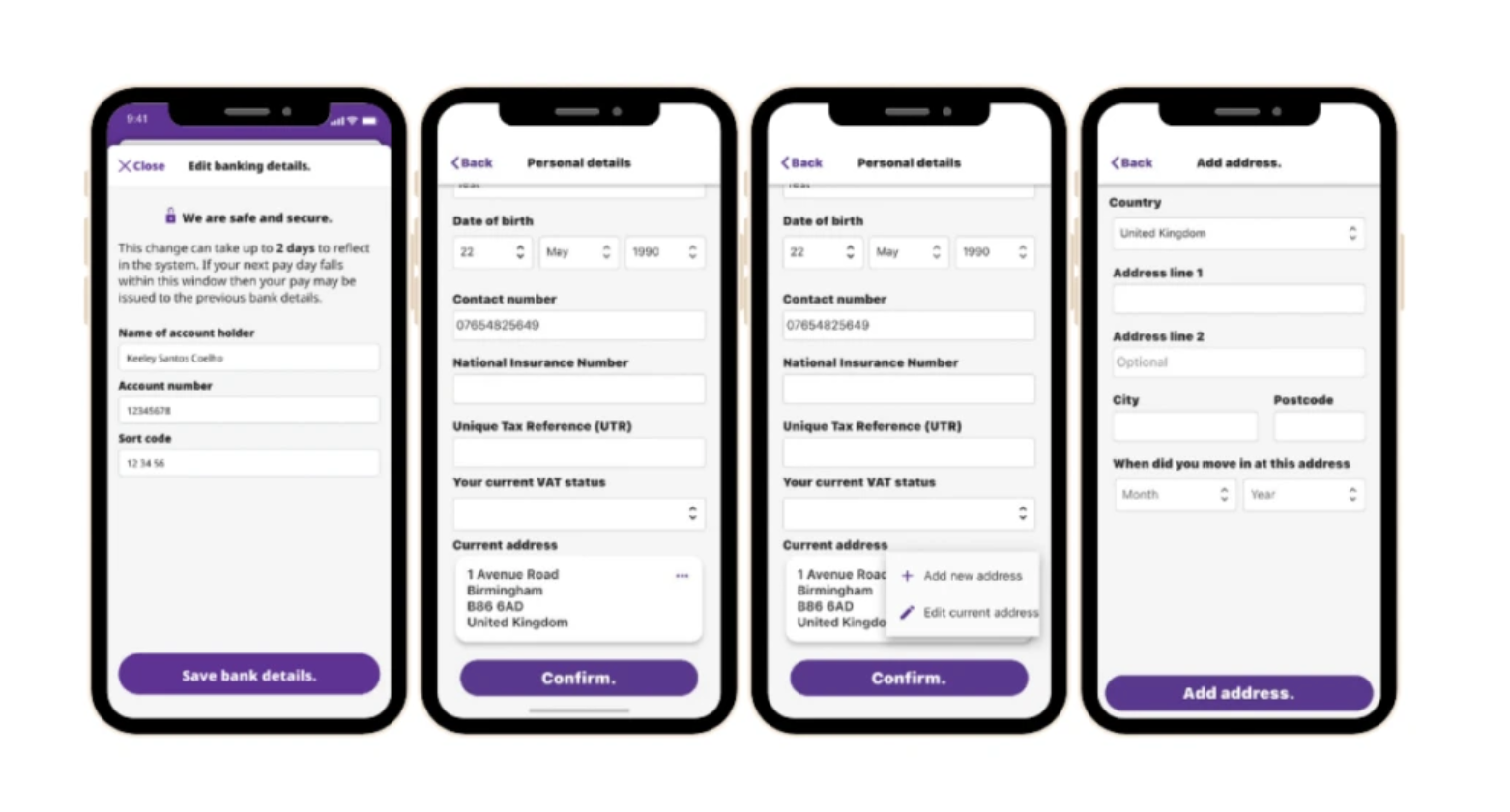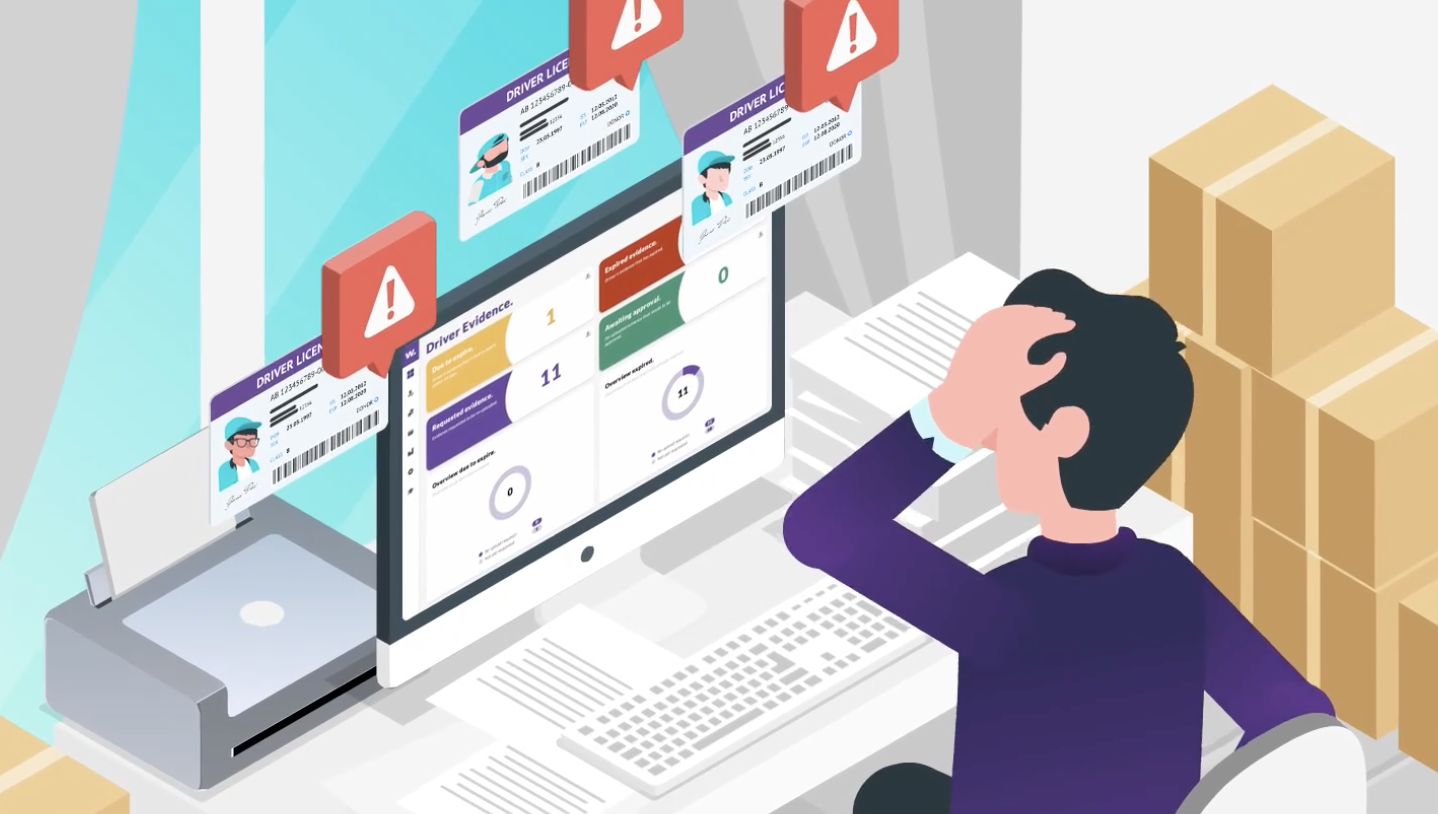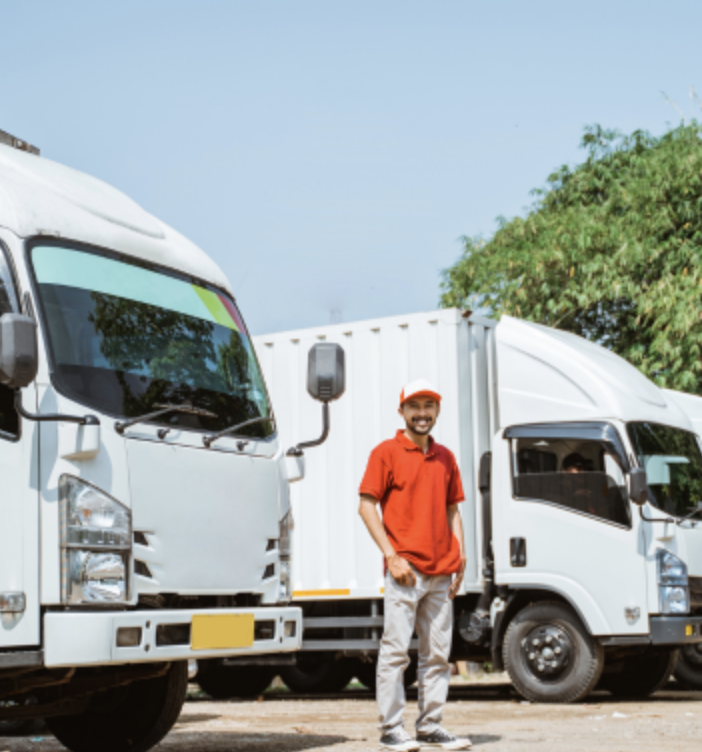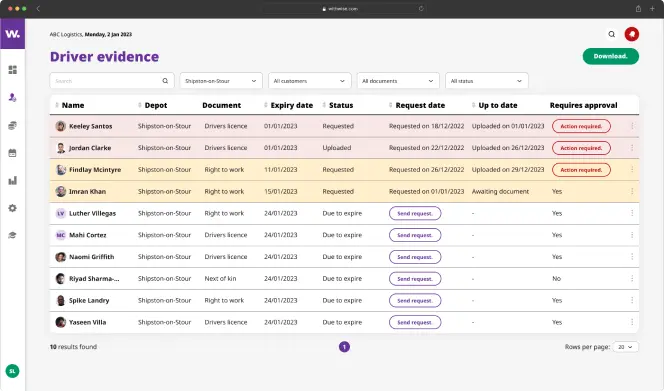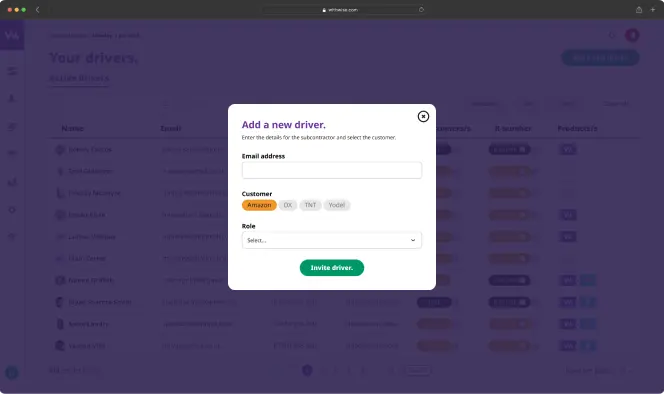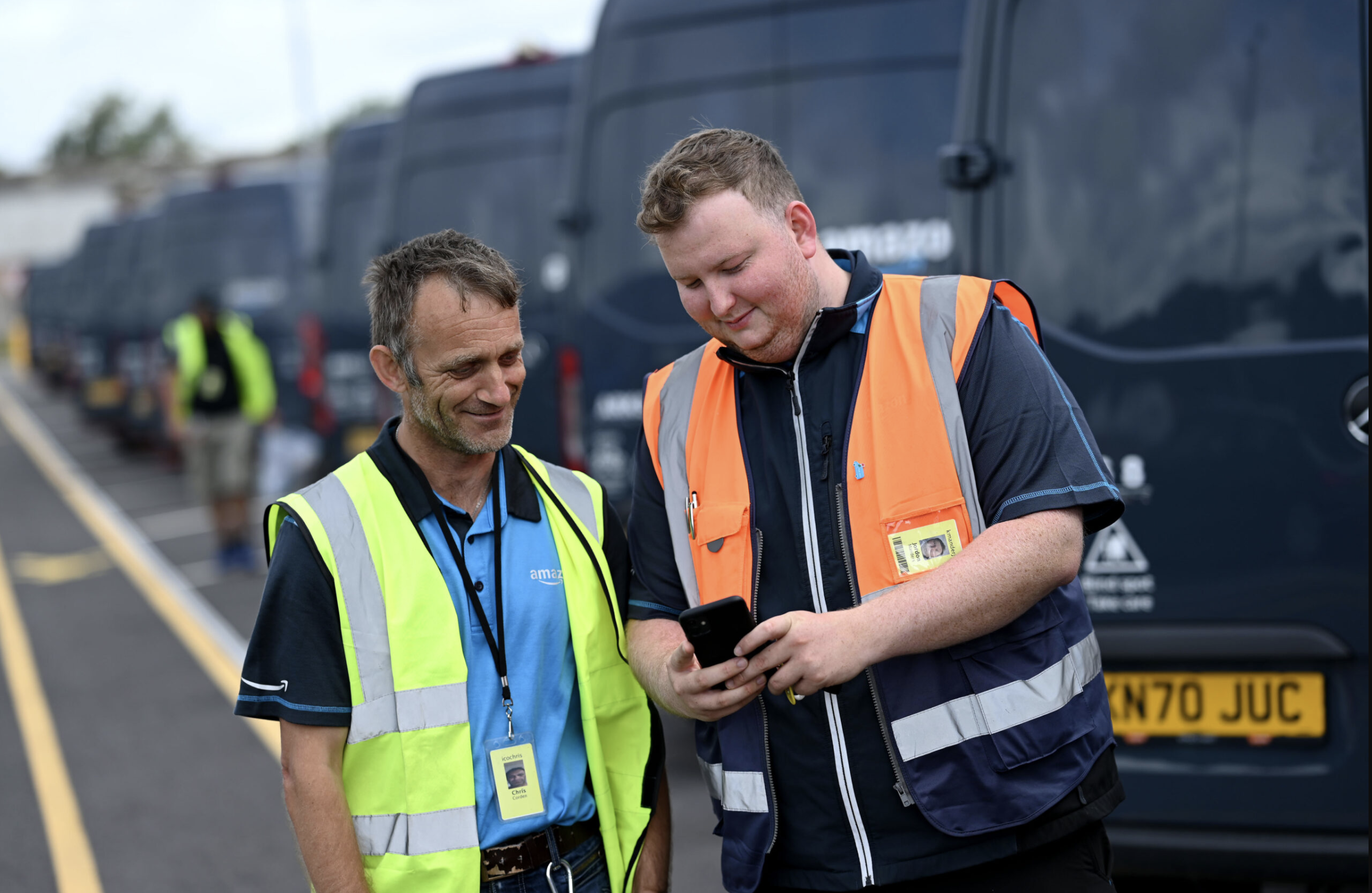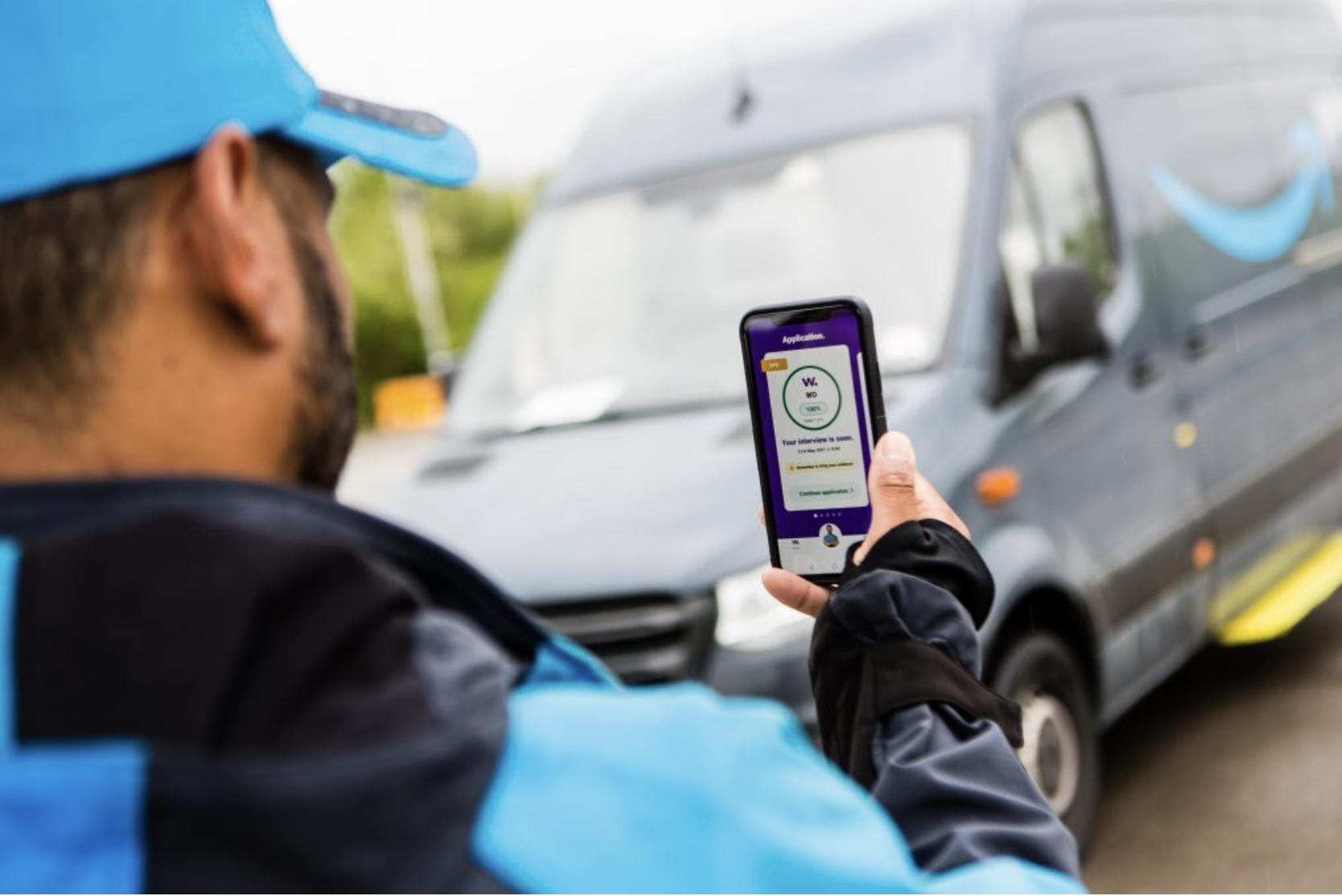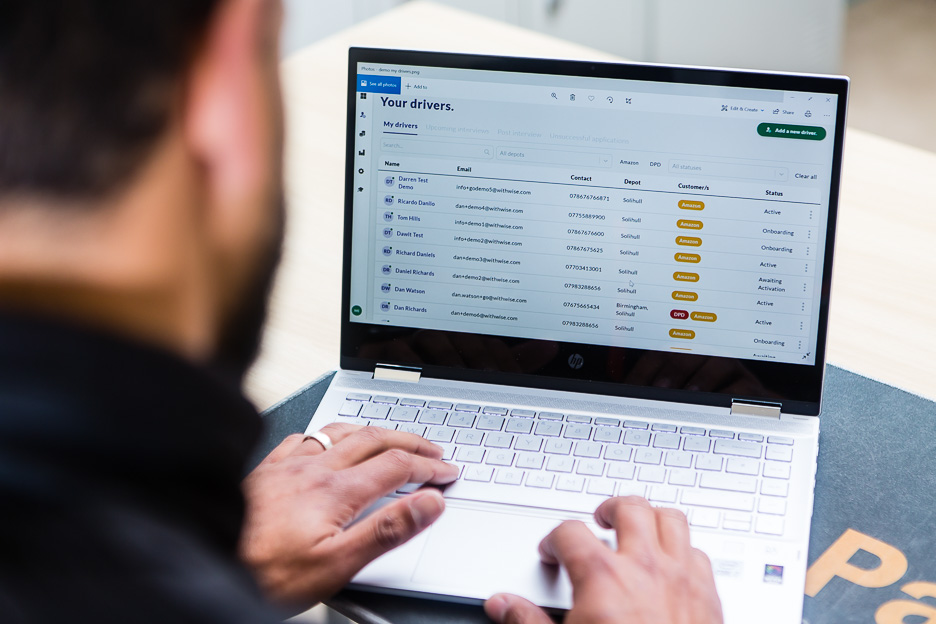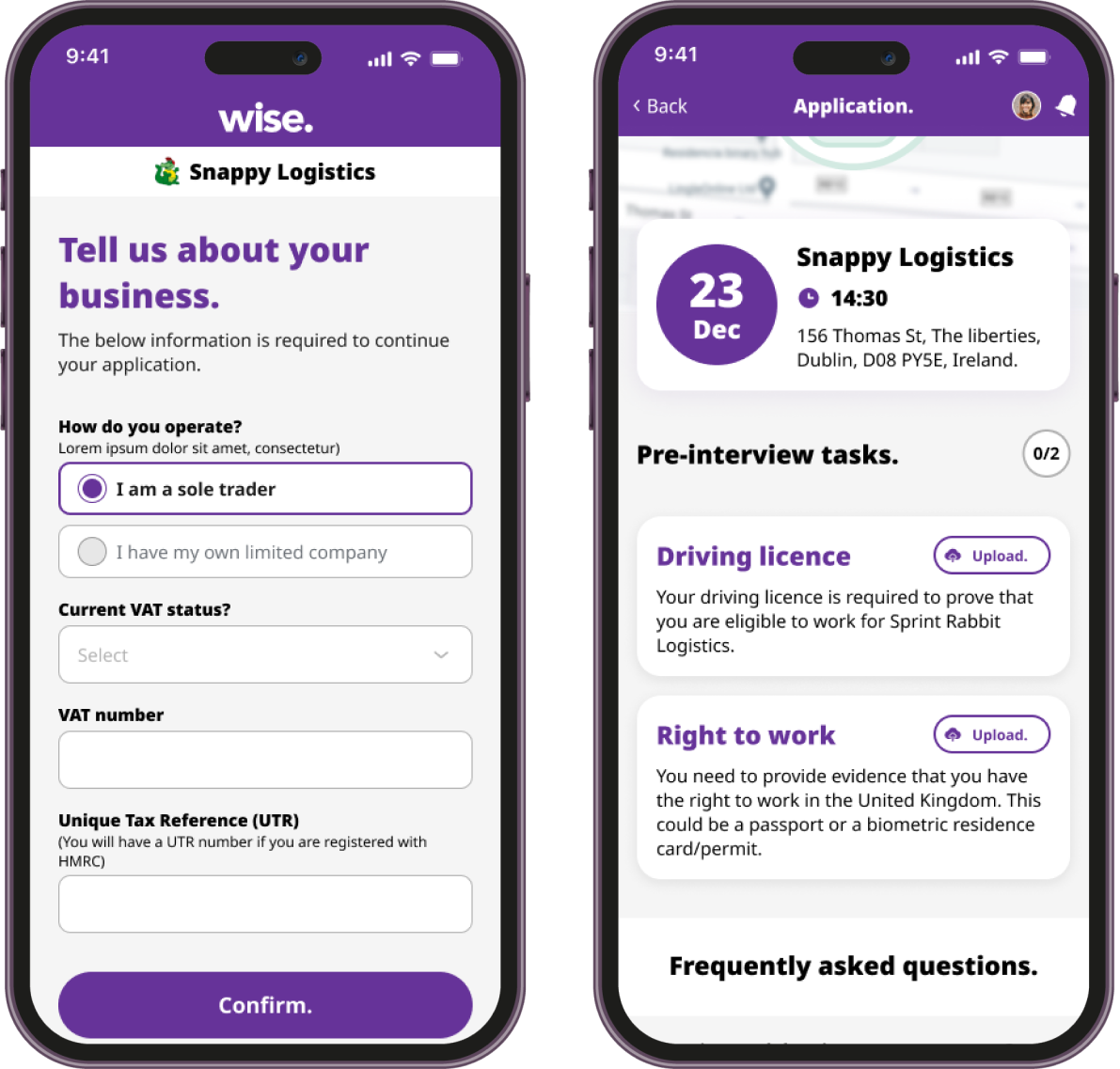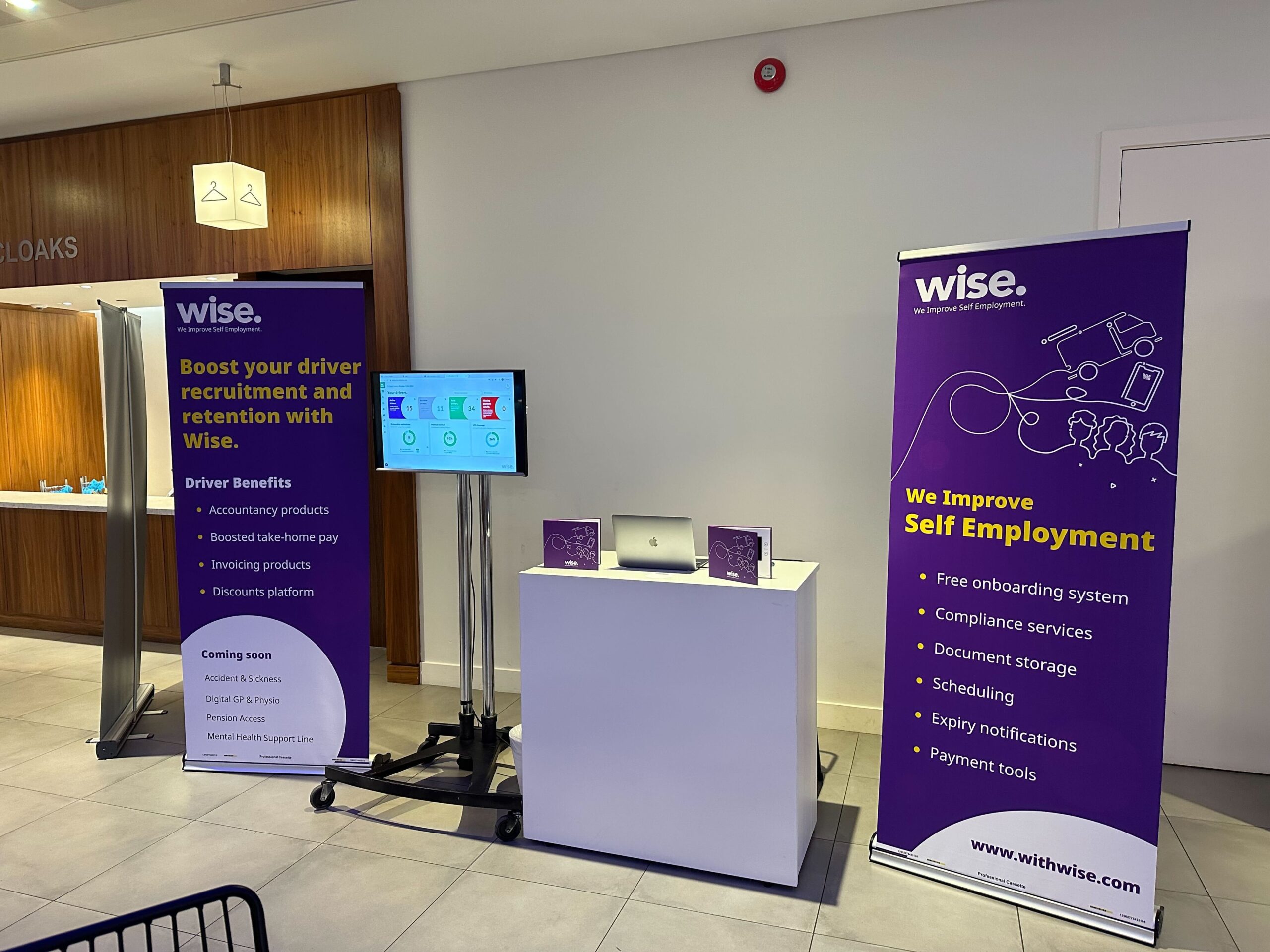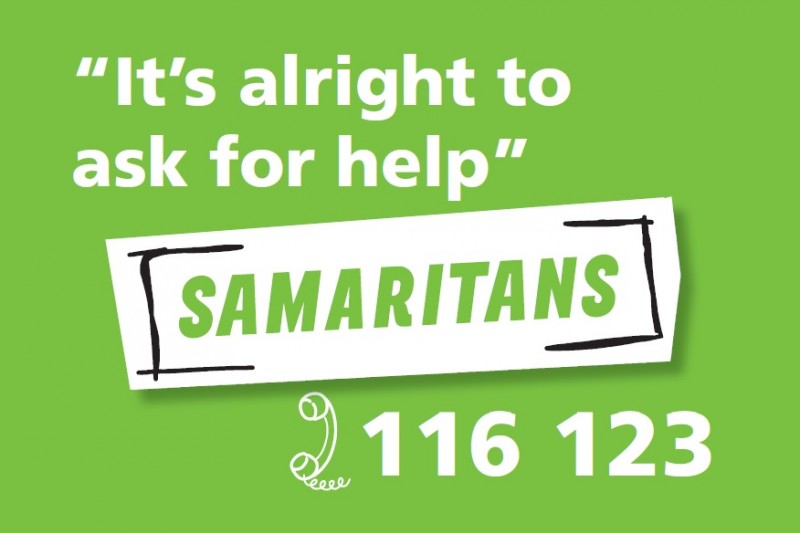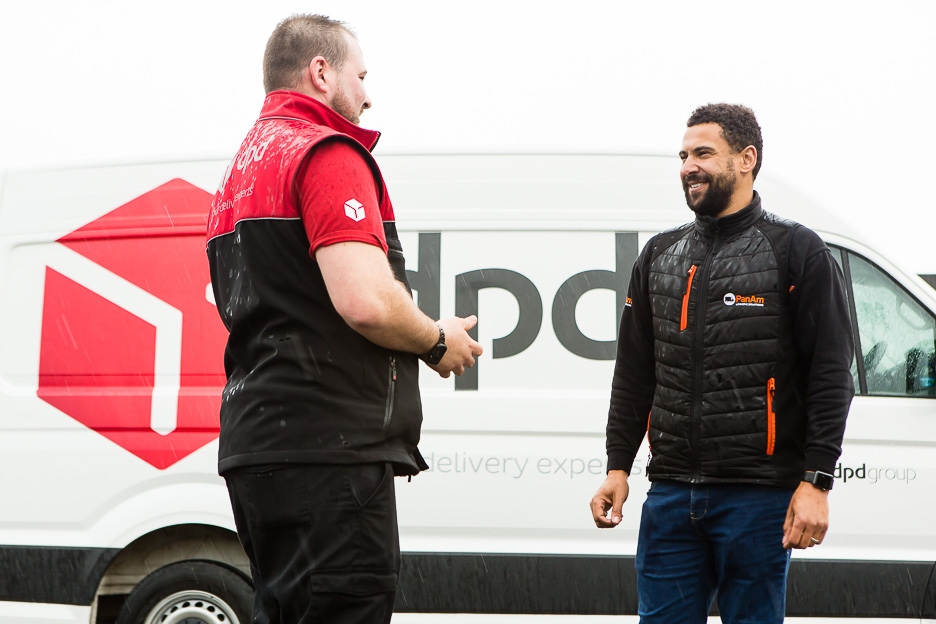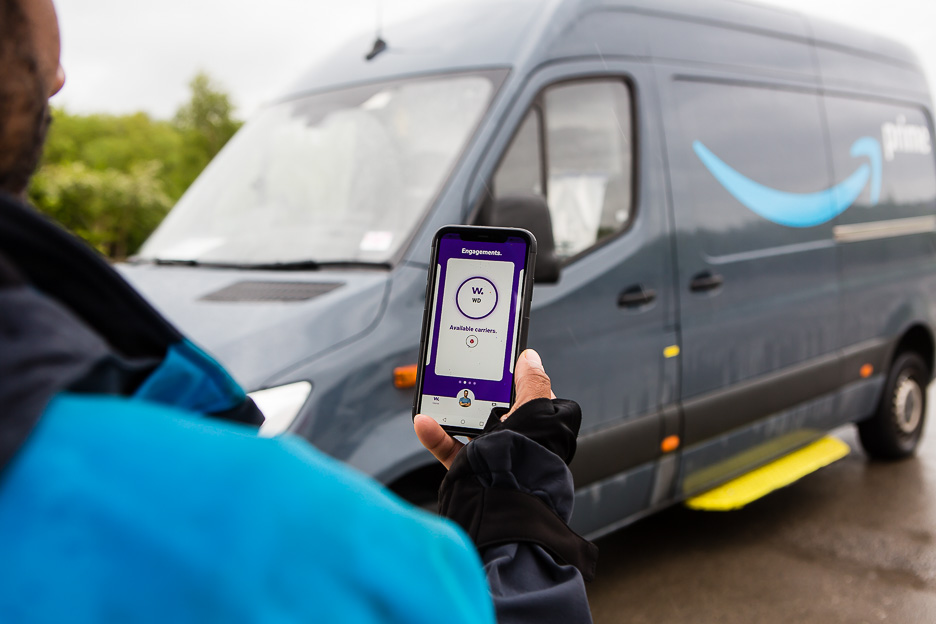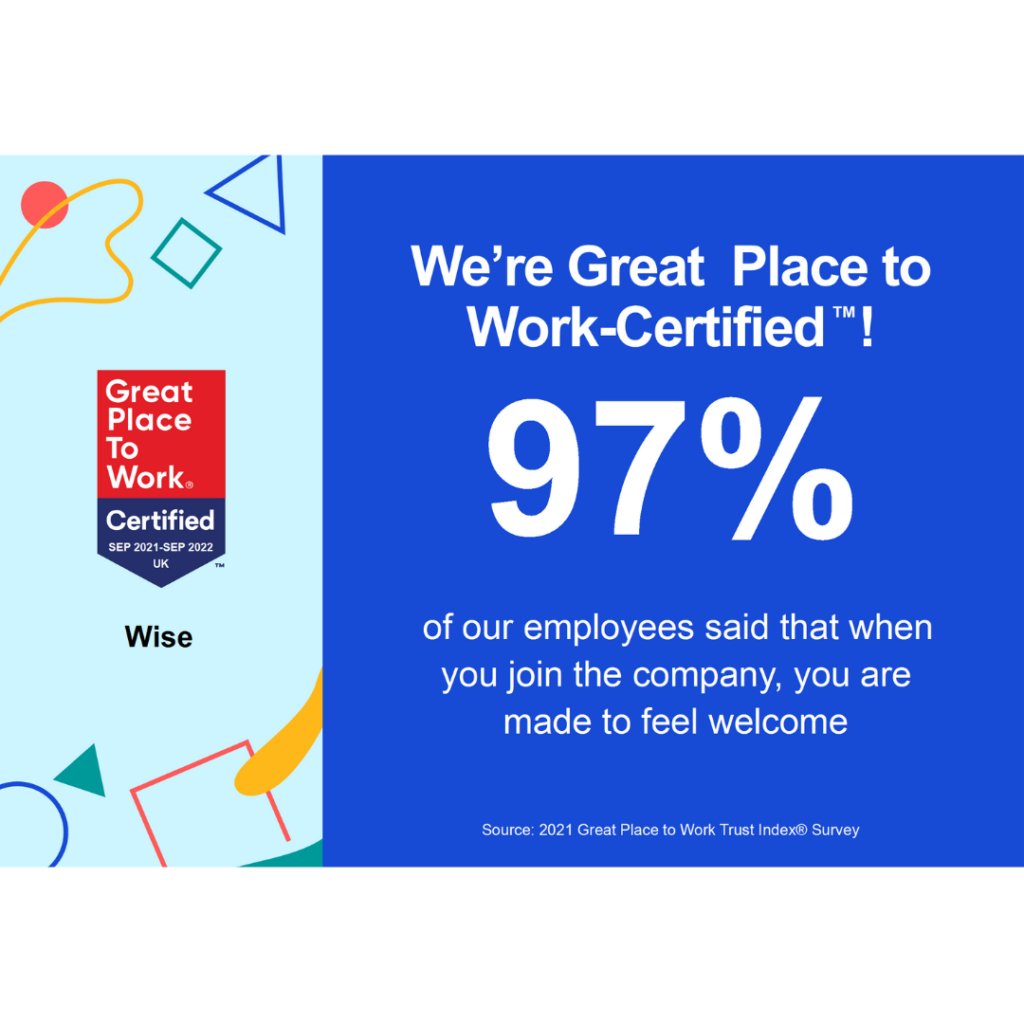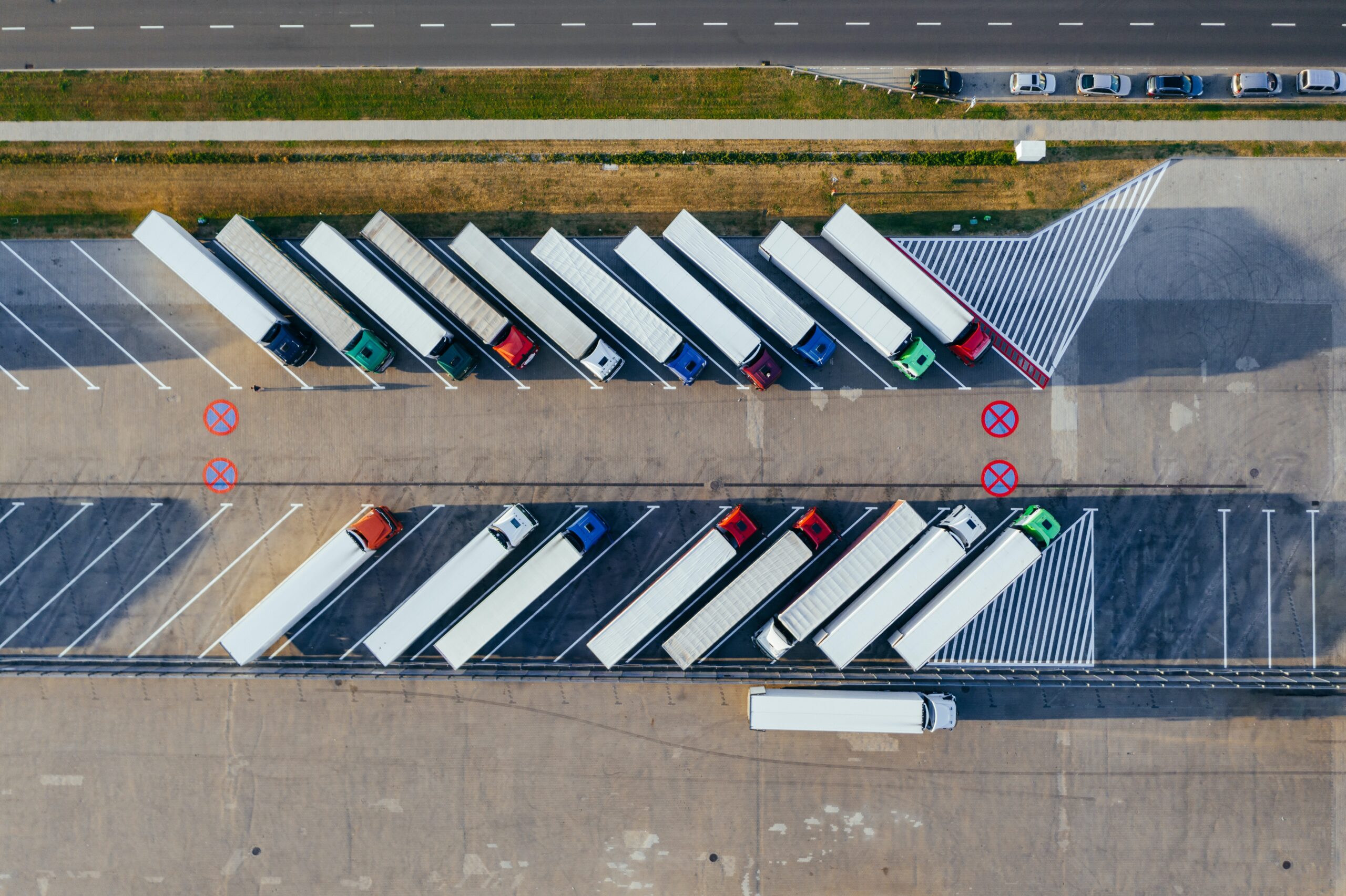Every logistics company wants its vehicles moving and parcels reaching customers as soon as possible. But before your newly recruited drivers can hit the road, there’s one step you can’t afford to rush: onboarding.
Courier onboarding documents are the backbone of a safe and compliant workforce. Managed well, they safeguard your business from legal penalties, reduce operational risks, and give drivers the confidence to start strong. Managed poorly, they open the doors to fines, damage to your reputation, and high driver turnover rates.
What are courier onboarding documents?
Courier driver onboarding documents are a key part of the framework that keeps your operation secure. They verify a driver’s right to work, confirm their licence is valid, and prove their vehicle is insured and roadworthy. They also record the details you need to pay drivers correctly, while setting clear expectations through agreements and contracts.
Without these records, both your business and your drivers are exposed to regulatory breaches that can cost dearly in fines and reputation. In an industry heavily built on efficiency and trust, operating without the right delivery driver onboarding documents is not a gamble worth taking.
The essentials every carrier needs
1. Proof of right to work
rguably the most important document in the onboarding process is proof of a driver’s legal right to work in the country where they’ll operate. Acceptable evidence typically includes:
- A valid passport
- Visa or work permit (if applicable)
- National ID card (in some jurisdictions)
Failure to verify this can lead to serious repercussions, including fines of up to £45,000. In severe or repeat cases, the Home Office may escalate penalties to civil sanctions, imprisonment of up to 5 years, or even order business closure.
2. Driving licence verification
Checking a driver’s licence is non-negotiable – but it does go beyond just seeing they have a valid one. When checking driving licences, carriers should:
- Verify the correct licence class for the vehicle type.
- Monitor for any endorsements, infractions, or suspensions.
- Re-verify licences at regular intervals to ensure they’re still valid.
Some carriers still manage this manually, but automating the process helps prevent expired or invalid licences from slipping through the cracks.
3. Vehicle documentation
For drivers using their own vehicles, carriers must ensure everything is fully compliant. This means collecting:
- Proof of insurance (with correct coverage for courier work)
- MOT certificates (where required)
- Vehicle registration documents
- Road tax confirmation
These checks help to keep drivers safe, and also protect your business from liability in the event of an accident.
4. Financial and tax information
Self-employed drivers need to be correctly set up for payment and taxation from the start. Typically, this requires:
- UTR (Unique Taxpayer Reference)
- National Insurance Number
- VAT registration (if applicable)
- Bank account details for payouts
Getting this right avoids delays, disputes, and tax compliance issues later down the line.
5. Background and safety checks
he road as well. Carriers should consider:
- DBS or criminal background checks – to screen for past convictions.
- Toxicology tests (drug and alcohol screening) – to reduce risk of negligent driving.
- Health and safety declarations – to confirm drivers are fit to work.
These checks aren’t always legally required, but they add an extra layer of protection for your company and customers.
6. Service Level Agreements (SLAs) and contracts
ntractor agreement should outline:
- Delivery standards (on-time, accurate deliveries)
- Communication protocols
- Customer service expectations
- Dispute resolution processes
These documents create clarity and consistency, ensuring your business and drivers operate smoothly together.
Common onboarding document challenges faced by carriers
In theory, onboarding should be simple. In practice, however, it’s often anything but. Traditional processes are notoriously paperwork-heavy – endless photocopies of IDs, email chains chasing missing documents, and filing cabinets stacked with records that are nearly impossible to keep on top of.
This manual approach is both slow and prone to error. Drivers might forget to provide a crucial document, or admin teams might overlook an expired evidence. For carriers managing countless subcontractor onboarding documents, the strain on staff can quickly become overwhelming. And when compliance deadlines blur together or documents go missing, the risks quickly multiply.
The impact of this isn’t just administrative. Slow or messy onboarding keeps drivers off the road, which means parcels go undelivered and customers are left waiting. What should be wrapped up in a day can drag on for weeks, costing carriers revenue and leaving drivers frustrated before they’ve even started.
The benefits of going digital
Faced with the growing challenges of traditional onboarding, many carriers are now turning to digital solutions. By migrating the process to a secure, centralised platform, you can collect, verify, and store every document you need whilst cutting back on paper files.
Instead of chasing drivers for missing paperwork, you can let them handle it themselves by uploading documents straight from their phones. This can save you hours of admin time, cutting down on the need for printing, filing, and manual data entry. Automated reminders and checks can flag licences, insurance, or right-to-work documents before they expire, keeping you compliant.
For your admin team, the benefits are huge: less manual work, fewer errors, and more time to focus on higher-value tasks. For drivers, it means a smoother onboarding experience and less frustration, which boosts retention and satisfaction. And because everything is stored virtually, scaling your workforce is much easier.
Building compliance into everyday operations
Naturally, onboarding isn’t something that’s done once and then forgotten about. Driver evidences expire and regulations are subject to change. Staying compliant means maintaining these records over time, not just at the point of hire.
Digital platforms make this easier by scheduling reminders for renewals and alerting to missing documents before they have the chance to become risks. Instead of scrambling to collect updated documents after a deadline, carriers can stay one step ahead, ensuring their courier onboarding requirements are always met.
Ultimately, this results in fewer last-minute rushes, less operational downtime, and a better reputation overall.
How Wise helps carriers stay ahead
At Wise, we specialise in helping parcel carriers cut through the noise of onboarding. Our software is designed for the unique challenges of last-mile logistics, where drivers are often self-employed and compliance requirements can feel never-ending.
With Wise, drivers can upload documents directly into the app, while carriers get an instant overview of what’s already been uploaded, and what’s still missing. Right-to-work checks, driving licence verification, and contract signing all happen in the same place. And, the system stores as many courier onboarding documents as you need, securely, meaning you can prepare audit packs at the click of a button if regulators have any questions.
And because it’s all digitised, Wise is built to scale. No matter what, your onboarding process is guaranteed to be smooth, regardless of whether it’s 10 or 1,000 drivers. That means time saved on admin, and more vehicles on the road where they belong.
Cut the paperwork,
keep the drivers.
Faster onboarding means more drivers on the road and less time wasted on admin. Wise helps you scale faster without the growing pains.





